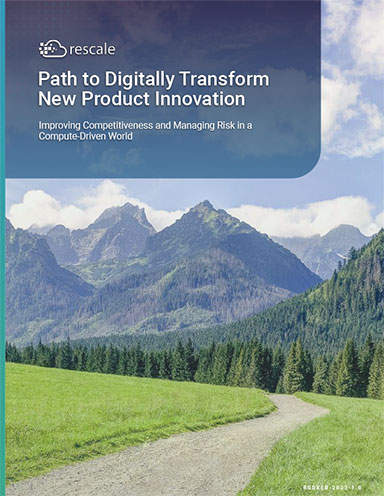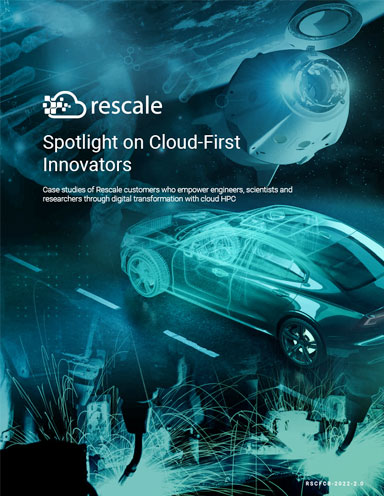IBM Platform Computing Cloud Service Demo
Latest News
September 9, 2014
 Dear Desktop Engineering Reader:
Dear Desktop Engineering Reader:
Not so long ago, an on-premise cluster computing setup was something only large engineering companies had. Today, more engineering outfits are relying on their cluster power to run their massive jobs like CFD (computational fluid dynamics), multiphysics analyses or something else. And, of course, engineers will use up every bit of available computing power if given half a chance.
This causes a few problems. One, companies often need their cluster power for other tasks ranging from business analytics to rendering. This makes prioritizing job slots something of an interdepartmental turf battle. Two, corporate intellectual property policy often says that any jobs associated with some mega contract or the other can only be run in-house, which can cramp your resources quickly. Finally, many engineering companies stress their cluster resources irregularly, not 24/7. That means you usually have compute power to spare, so investing in more on-site cluster resources is not cost-effective.
Though what do you do during those high-pressure crunch times when you have mission-critical jobs queued up waiting for local cluster resources to become available? Today’s Check it Out link takes you to a brief video demo of an elegant solution that could keep your business moving during times of high demand and stressed resources.
The video highlights the IBM Platform Computing Cloud Service running on a SoftLayer infrastructure. The brief on SoftLayer is that it delivers you an application-ready cluster in the cloud for those times when you need to add more computing capacity quickly and economically. The complete solution also provides IBM Platform LSF workload management software delivered as a service.
The demo, which runs a brisk 5 minutes 32 seconds, shows how a design outfit running ANSYS Fluent CFD analyses can avail itself of resources on the Platform Computing Cloud Service to handle peak demands. Topics covered include transparent access, launching jobs in the cloud and maintaining policy-enforced access. But what is really neat is how easy to use the platform appears to be.
After sketching out the scenario, the narrator brings up the local application dashboard, which is where you access the cluster and manage jobs. It indicates that all the job slots are busy, who is using what application and that all of the jobs are for a high-priority project. The narrator launches a job and, as you no doubt guess, it sits and waits.
The narrator then shows how you can keep work moving with the Platform Computing Cloud Service on-demand. Essentially, what happens here is that you pre-configure your Platform LSF workload manager with what seems to be just a handful of code for these situations. When you have no resources to handle a job, it’ll try to get the job running locally. But if local computing is not available and if your policies permit, your job is sent off to the Platform Computing Cloud Service. No local jobs are pre-empted and yours does not sit idle.
SoftLayer infrastructure running Platform LSF workload management software seems such a simple solution, if you ignore thinking about the complexity of what’s going on underneath. The local application dashboard for submitting jobs, for example, is less threatening, less confusing than most Windows desktops.
The “IBM Platform Computing Cloud Service Demo” video is as clear and concise as anything you’ll come across. The solution it offers to cluster computing traffic snarls seems to be equally as crisp. Regardless of your relationship with IBM Platform Computing products or with cluster computing, this short video demonstration well earns the five plus minutes of your attention.
Thanks, Pal. – Lockwood
Anthony J. Lockwood
Editor at Large, Desktop Engineering
Watch the “IBM Platform Computing Cloud Service Demo” video here.
Editor’s Note: Updated from the original for clarity.
Subscribe to our FREE magazine, FREE email newsletters or both!
Latest News
About the Author
Anthony J. Lockwood is Digital Engineering’s founding editor. He is now retired. Contact him via [email protected].
Follow DERelated Topics







